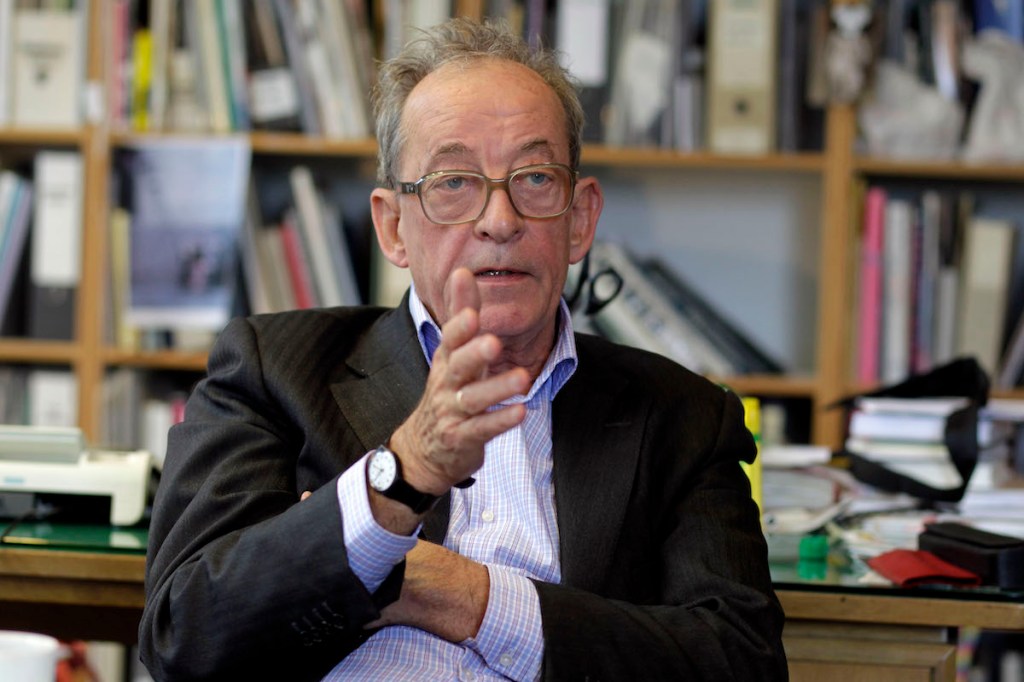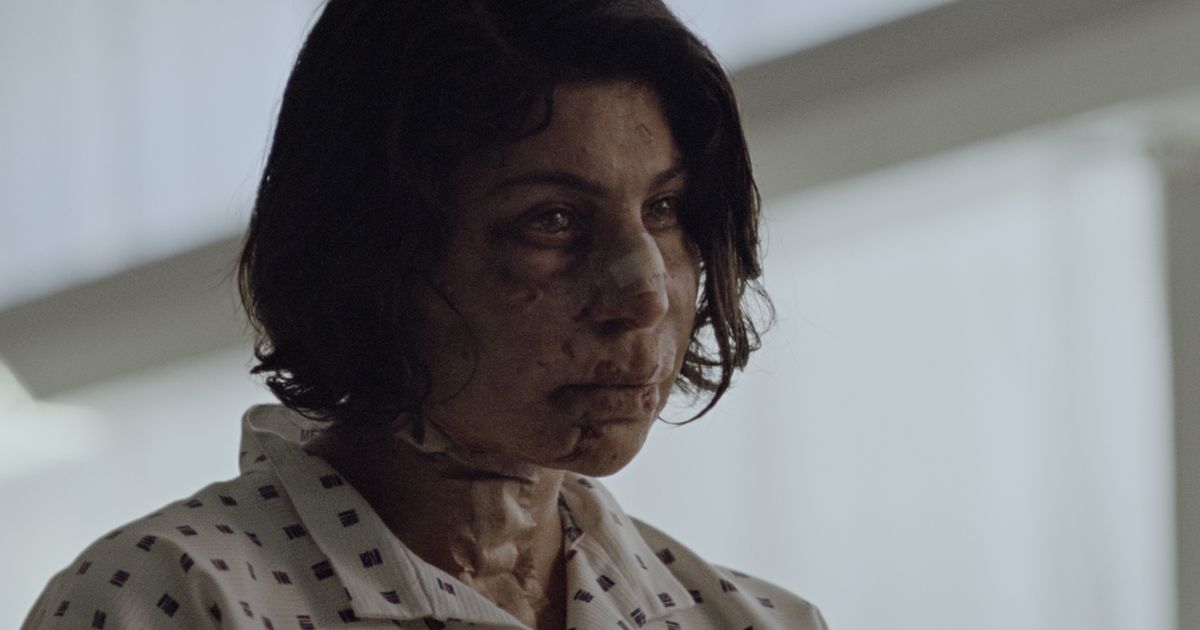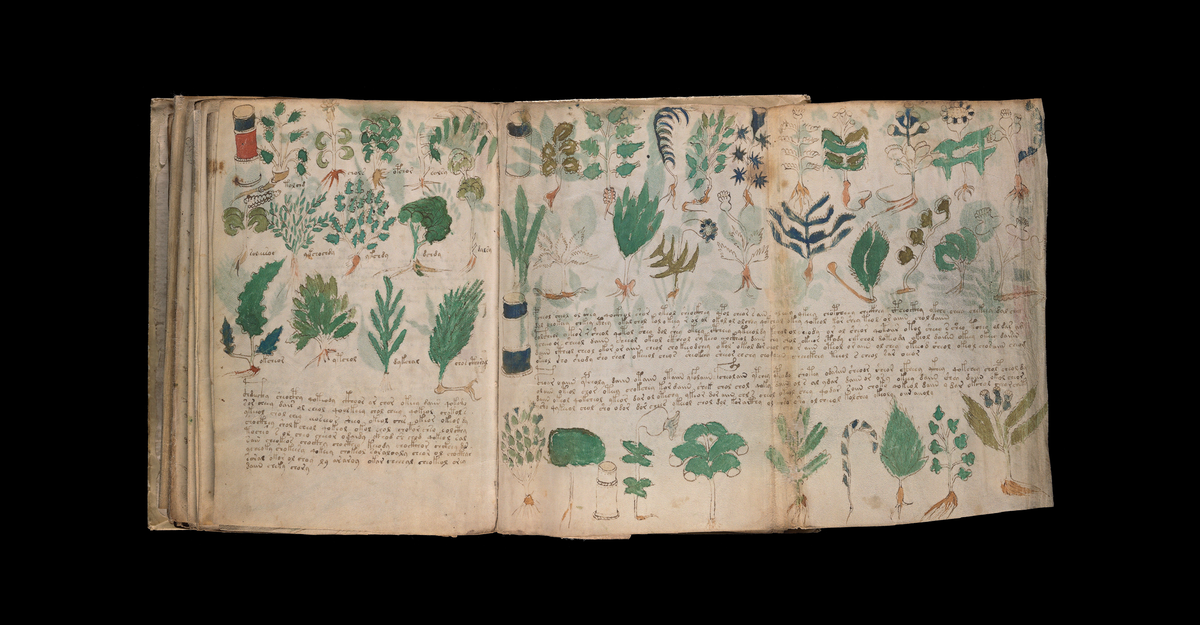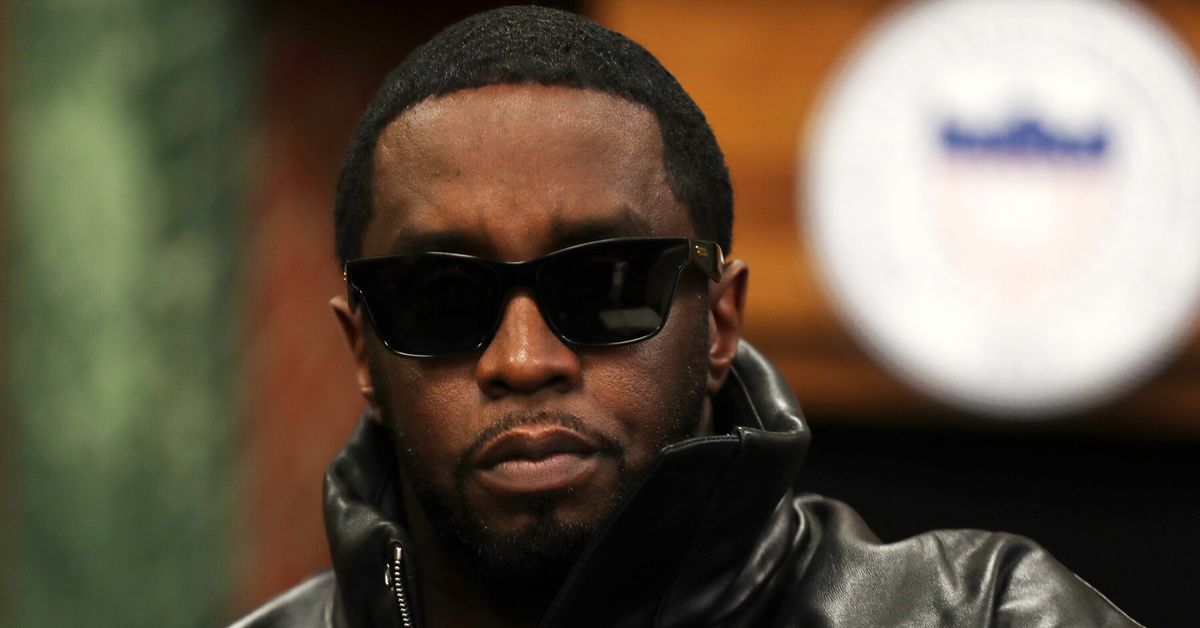Kasper König, whose trailblazing work as a curator, museum director, and educator has had a profound influence on the course of contemporary art for more than half a century, died at 80. His death was announced on Saturday by Skulptur Projekte Münster, the sculpture-oriented exhibition that he founded.
König was one of those remarkable figures—rare in any field—who was able to keep alighting in new places, with important new projects, decade after decade.
In the 1960s, while in his 20s, he organized exhibitions with Claes Oldenburg and Andy Warhol at the Moderna Museet in Stockholm, Sweden. In 1977, with Klaus Bussmann, he established the Skulptur Projekte Münster, a showcase for ambitious public artworks that occurs in that German city once a decade. In 1987, he established Portikus, a revered kunsthalle at Frankurt’s Städelschule, where he soon after became rector. And from 2000 to 2012, he was director of the Museum Ludwig in Cologne, deepening its reputation as a leading venue for venturesome art.
The Skulptur Projekte alone would have been enough to secure König a place in history. Established in response to a public backlash over a kinetic sculpture by George Rickey that Münster had acquired, it has tapped many of the era’s leading artists to create works throughout the city. König has organized every edition alongside various collaborators, and some of the resulting pieces have come to define the careers of participants.
Oldenburg installed three hulking concrete billiards balls near a lake in 1977, Siah Armajani an attractive series of benches and a table in a garden at Münster University in 1987, and Nicole Eisenman a joyously irreverent fountain in a sylvan park in 2017. That same year, Pierre Huyghe transformed a disused ice-skating center into an otherworldly sci-fi environment by digging up its floor and adding openings to its roof. About three dozen of the projects remain on permanent display today.
While plenty of star curators make their name by focusing on a particular group of artists, or a single type of art, König had catholic tastes, and always seemed to be on the hunt for new people to add to the roster that he championed. “One of the mysteries of Kasper, for which I have the greatest respect, is that he is totally, totally committed to an artist, once he thinks that the artist is crucial,” the art historian Benjamin H. D. Buchloh told ARTnews for a 2017 profile of König.
Rudolf König was born in 1943 in Mettingen, Germany, about 40 miles north of Münster, and took the name Kasper sometime in the early 1960s. Intrigued by contemporary art, he interned with the dealer Rudolf Zwirner (the father of David Zwirner), a crucial source for Pop art and other fast-emerging currents in Cologne. He then ventured to London, where he took classes at the Courtauld Institute of Art (he did not earn a degree) and worked for the dealer Robert Fraser.
By the mid-1960s, König was in New York, though stories differ about the means of his arrival. One has him jumping ship in the summer of 1965 while doing a stint in the merchant marine. Another has him delivering two Francis Picabia paintings to the city for Fraser at the end of 1964 and then opting to stay. In any case, he hit the ground running in his new base of operations. His hopes to work for dealer Dick Bellamy, who operated the Green Gallery, were dashed because the venture had just closed, but he studied at the New School, assisted Oldenburg (in order to obtain a green card, he said), and became the New York rep for Stockholm’s Moderna Museet.
The version of events that involves the work of Picabia has special poignancy since König’s zest for invention, irreverence, and free-thinking in his practice could recall the spirit of that Dadaist. König would eventually become a leader of key institutions, the Städelschule and Ludwig, but some of his early endeavors included operating a short-lived experimental art space in Antwerp, Belgium that ended with what he termed a “palace coup” by the artist Panamarenko (who commandeered it as his studio) and starting a vanguard press at the Nova Scotia College of Art and Design, a proving ground for conceptual art at the time. And even as email became the standard means of communication everywhere, he was infamous for corresponding by postcard.
König’s life charted the growth of grand international art exhibitions that aimed to define the zeitgeist and draw tourists to far-flung locales. He advised Harald Szeemann on the legendary Documenta 5 in Kassel, Germany, in 1972, steered Skulptur Projekte Münster (the next iteration is scheduled for 2027), and organized hulking shows like “Westkunst,” a landmark 1981 effort with the art critic Laszlo Glozer at a Cologne trade hall that sought to tell the story of European and American art since 1939 through some 800 pieces by 200 artists. König’s list of curatorial credits also includes the tenth outing of Manifesta, the roving European biennial, in St. Petersburg, Russia, in 2014.
König’s survivors include a brother, Walther König, who is an esteemed publisher and seller of art books in Cologne; his son Leo Köenig, an art dealer based in New York; and Johann König, a dealer with branches in Berlin, Vienna, London, and Seoul. His third wife, the Berlin gallerist Barbara Weiss, died in 2016.
Asked about his approach to curating, König was fond of quoting the Fluxus-affiliated artist Robert Filliou’s quip that art is too important to be treated with importance. He was an exemplar of the curator as catalyst, and his exhibitions evince a deep and abiding faith in artists, an enduring desireto let them try things out and to play. “I don’t like art with a capital A, when it becomes kind of pompous,” he once said.



